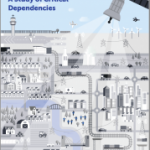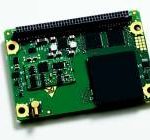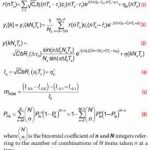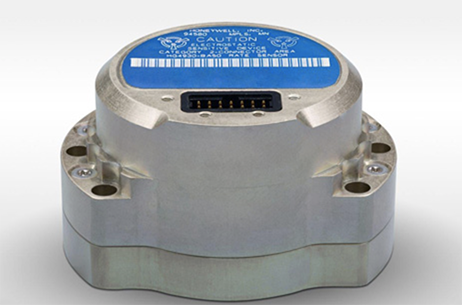Win a FLIR Duo Pro R 640 Of Your Choice
You can take thermal to new heights with the FLIR Duo Pro R, a compact, lightweight, dual-sensor thermal and visible light imager designed for drones. The Duo Pro R features:
• Easy Camera Control & On-Board Recording
• Dual-Sensor Imaging in a Compact Package
• Powerful Camera Control & Configuration
To enter for a chance to win, click here!














